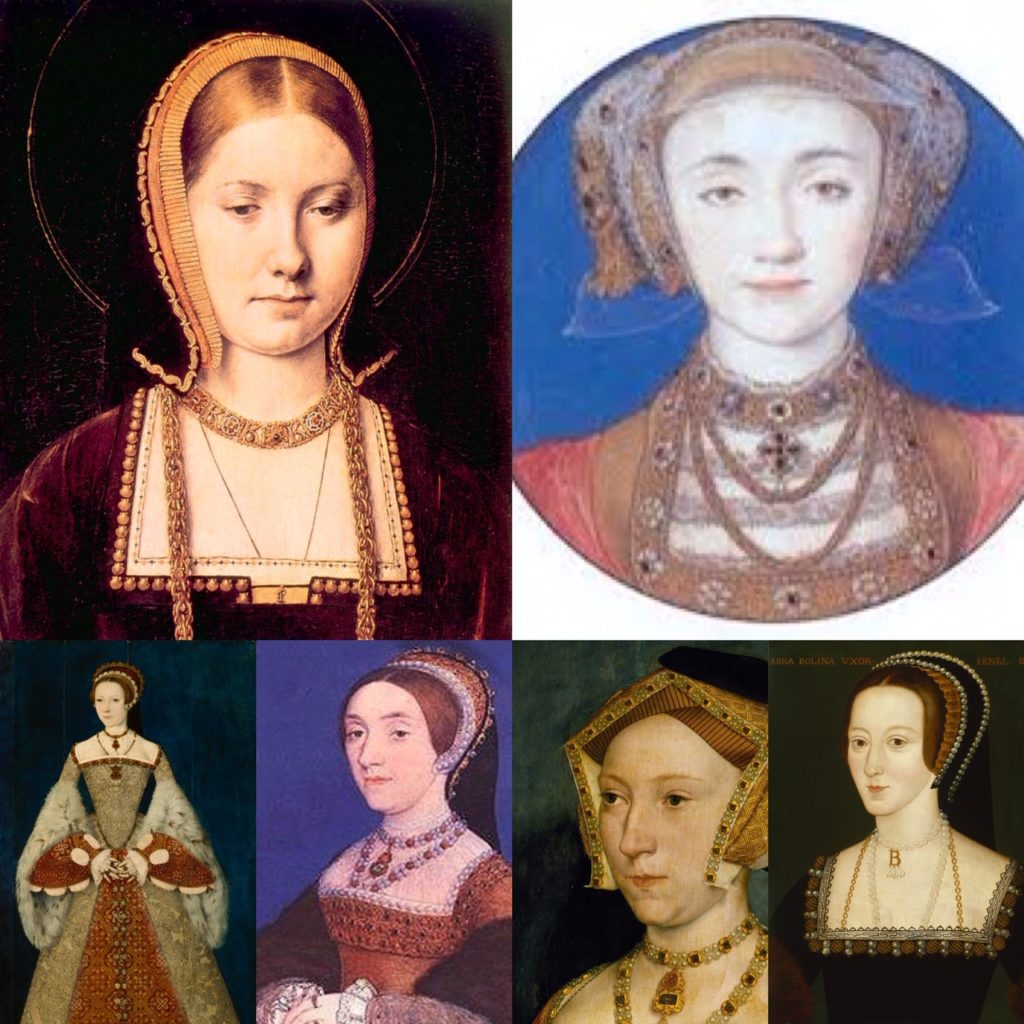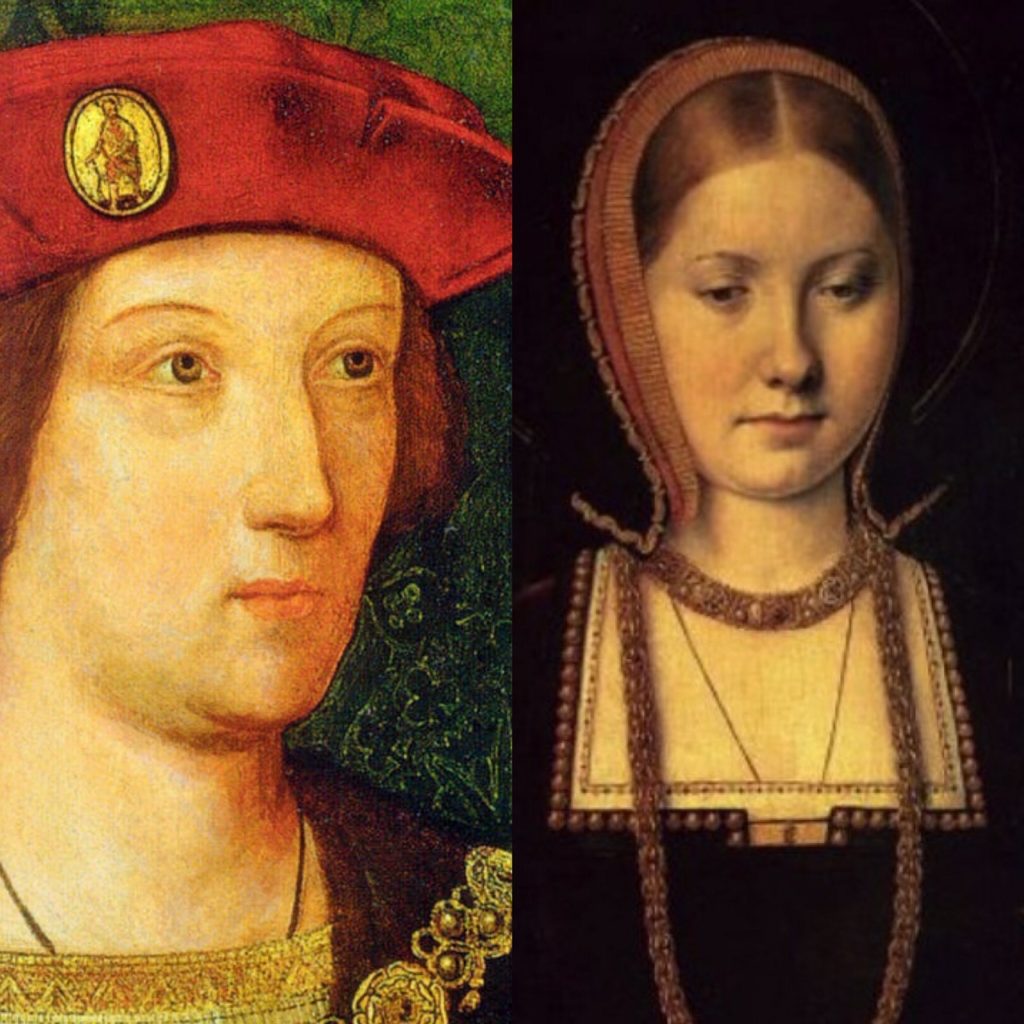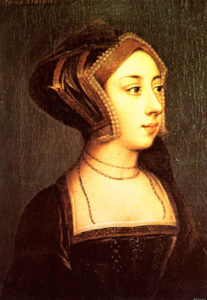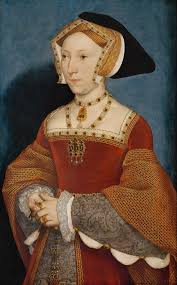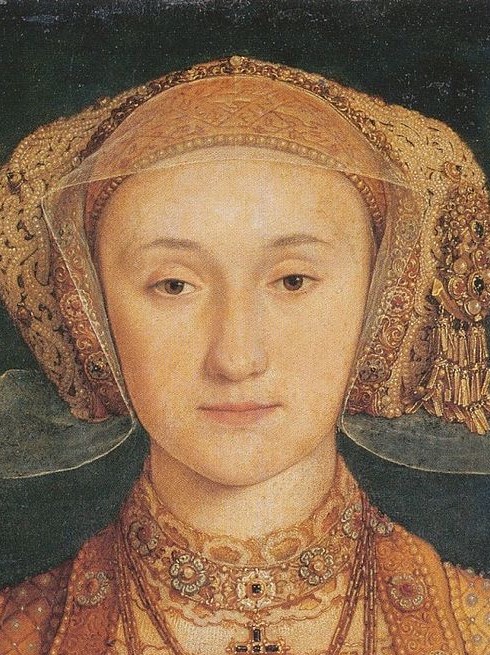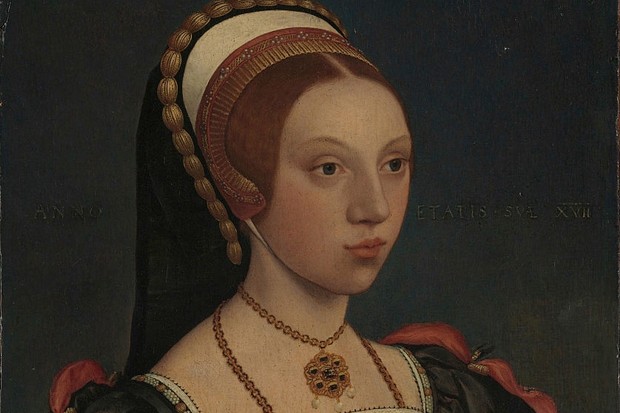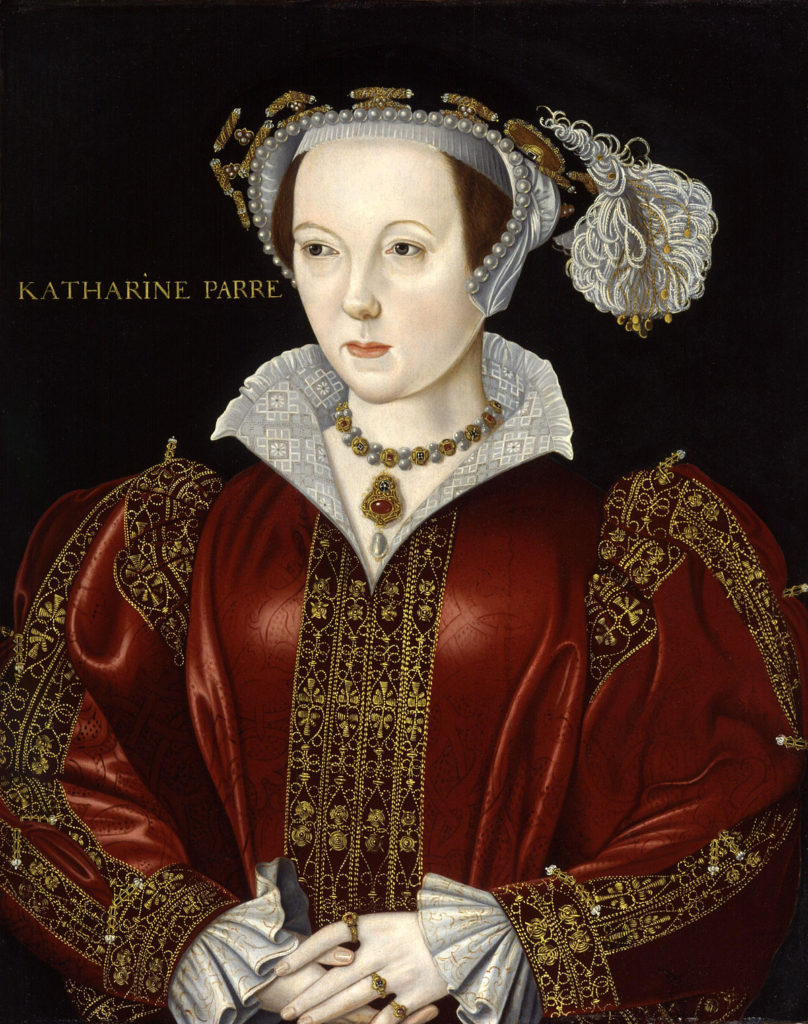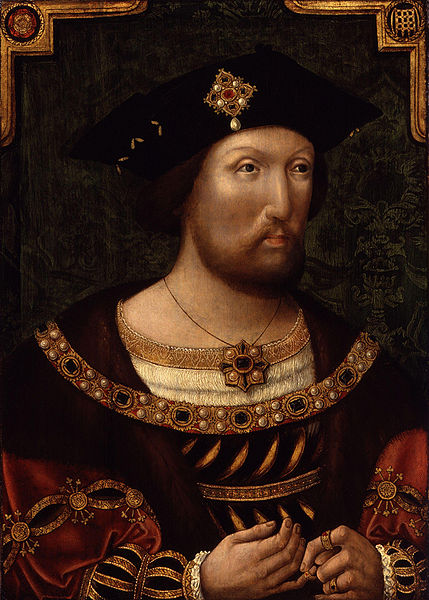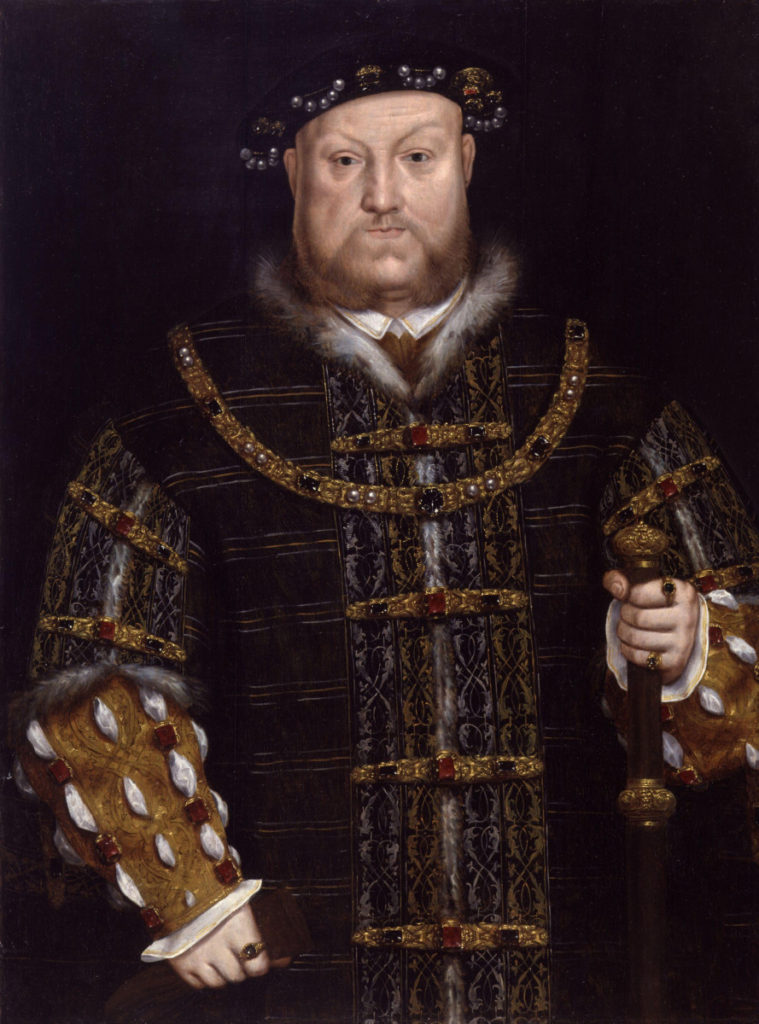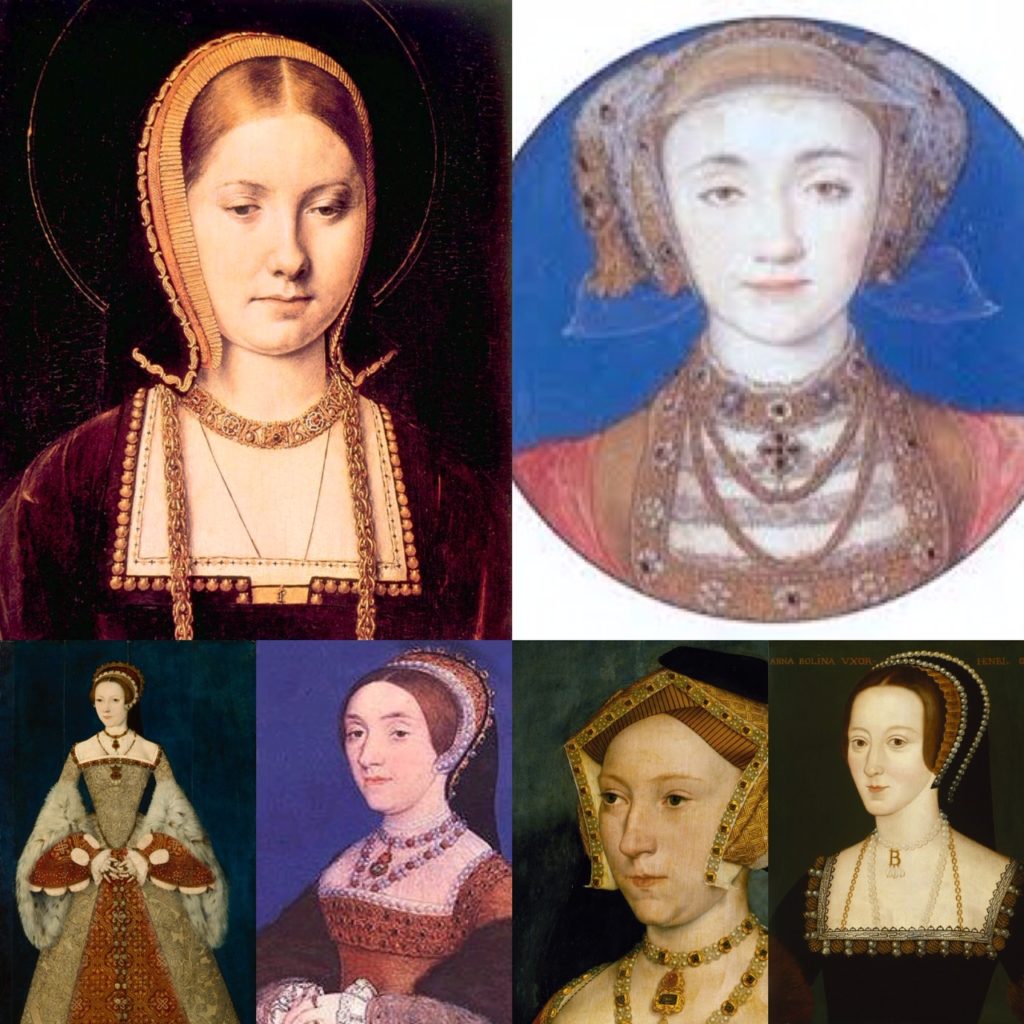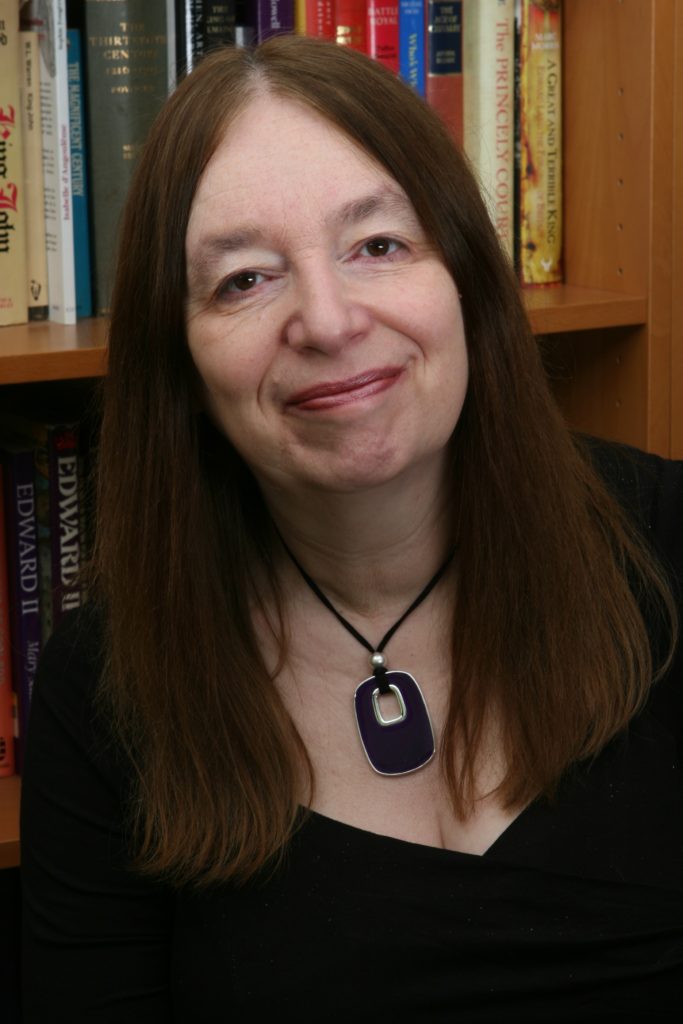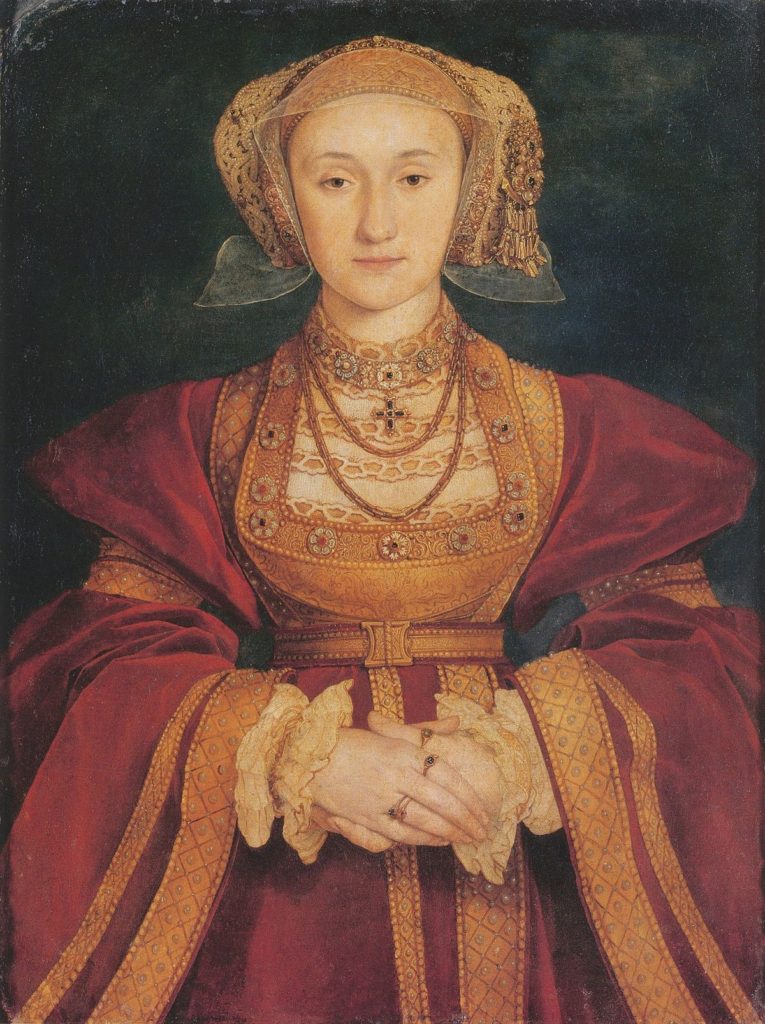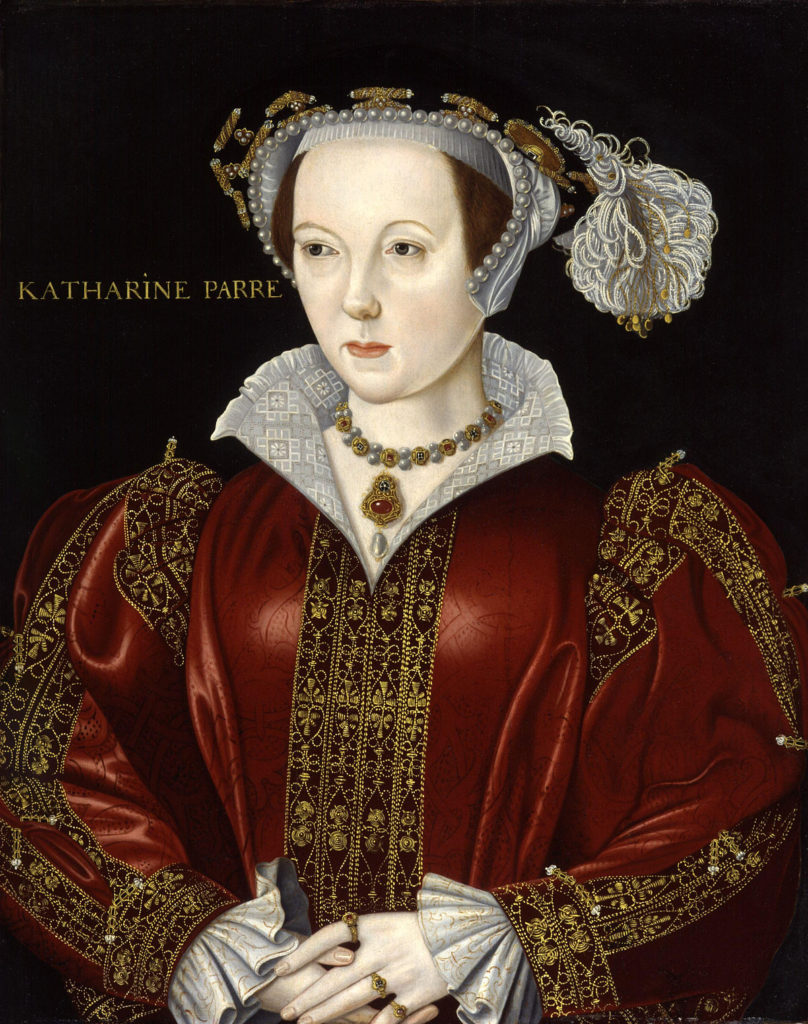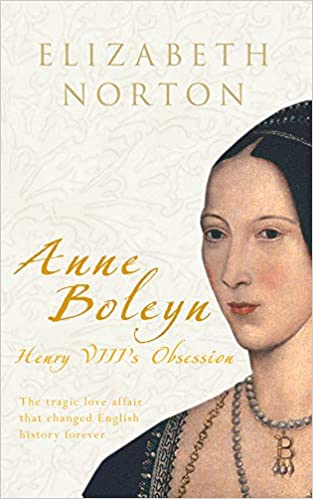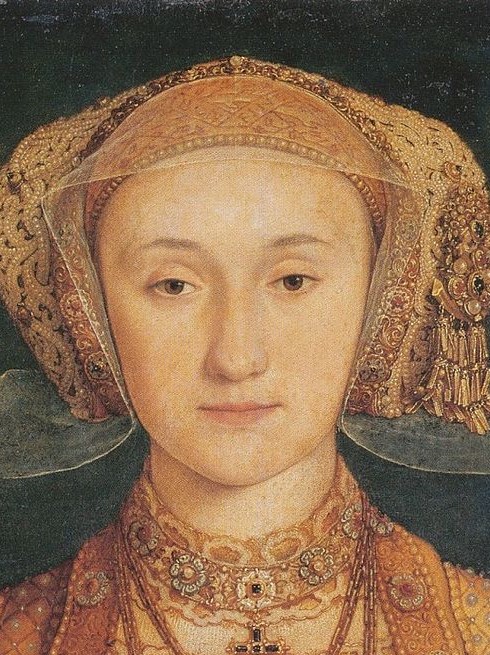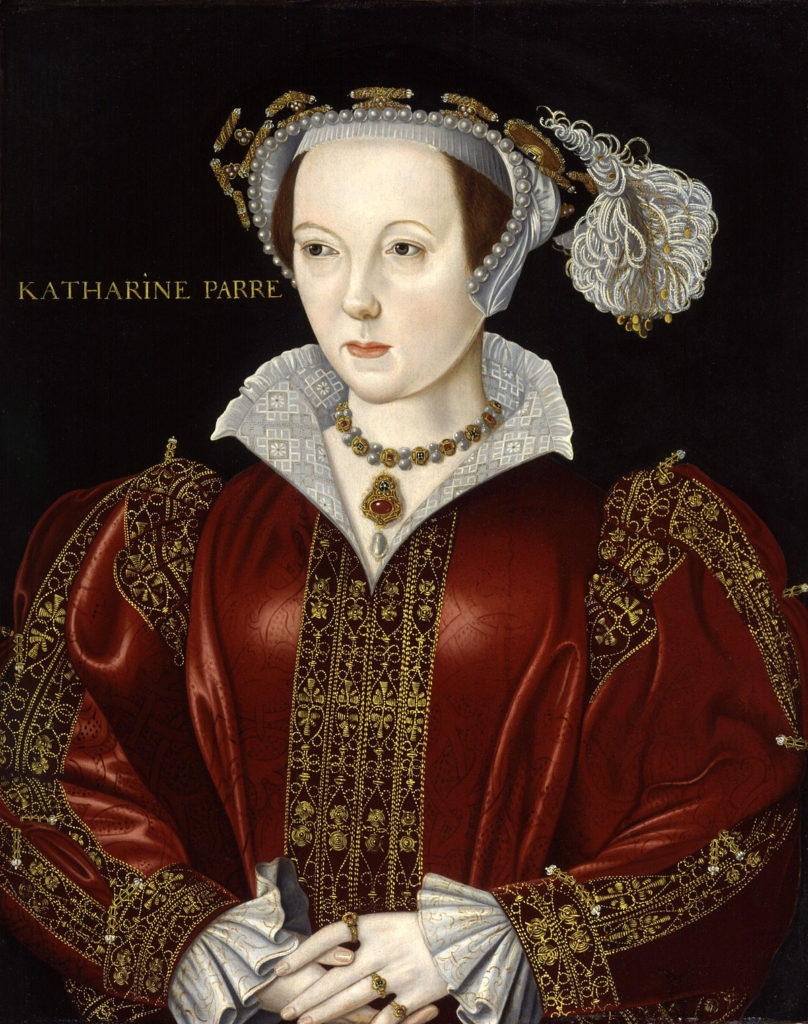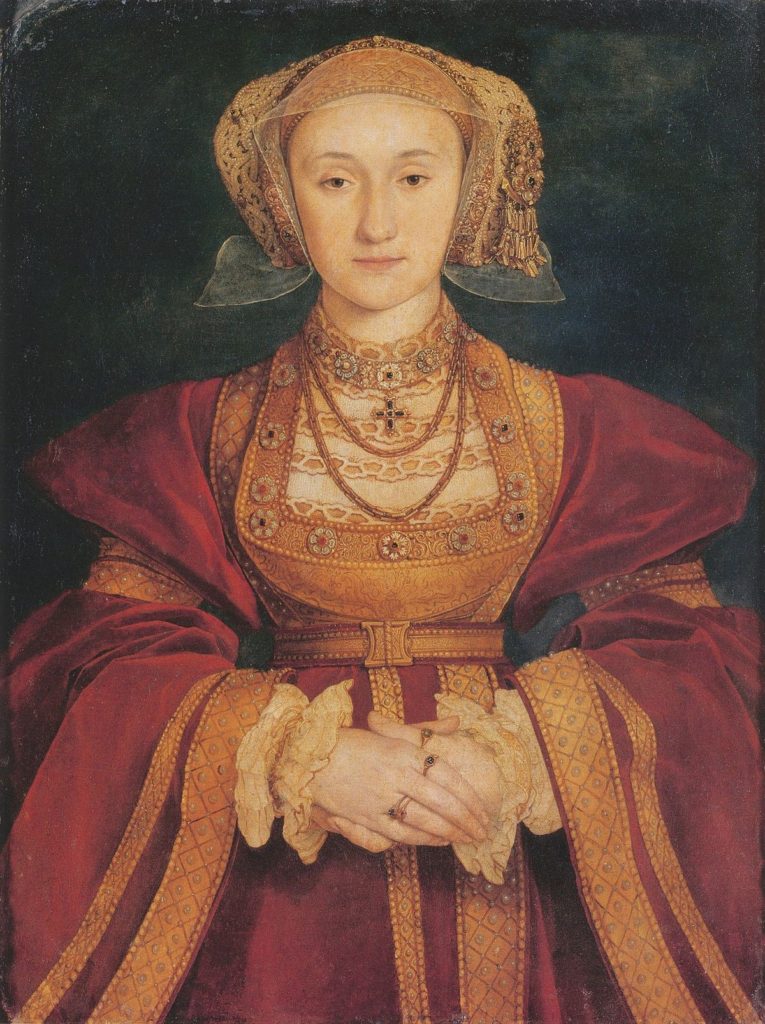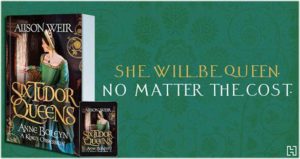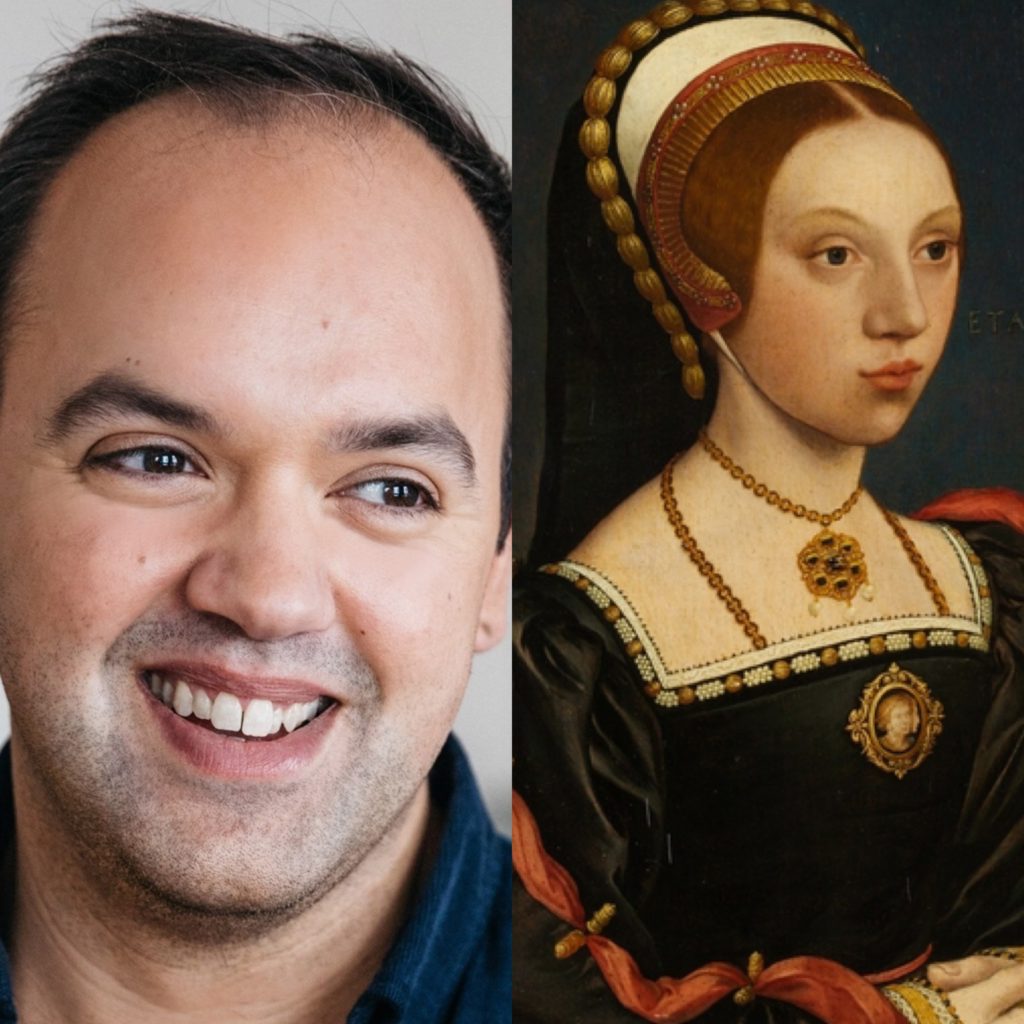
In recent years, historians have feared that Catherine Howard was just 15 years old when she married the aged Henry VIII. But according to the Tudor Queen’s most recent biographer, robust evidence places her year of birth earlier than has recently been assumed.
In 1527, Isabel Worsley left a modest bequest of 20 shillings to her young granddaughter, Catherine Howard. She could never have fathomed that this little gift would form the basis of an academic debate 500 years’ later.
Like all of Henry VIII’s English wives, the year of Catherine Howard’s birth is shrouded in mystery.
Baptismal records were not systematically kept. Though Catherine was born into a great family, she was firmly on its fringes. Few could have predicted that her date of birth would ever be a source of interest to future generations.
Mercifully, a handful of clues survive. In the will of John Leigh, Catherine’s step-grandfather, the future Queen is not mentioned. Scholars have traditionally dated this document to 1524. Yet, just three years later, Isabel’s will gave due mention to both Catherine and a little sister.
Many have assumed that Catherine must have made her debut between the drafting of these two documents. Given that she had to arrive with time to spare for a baby sister, 1525 leaps out as the most logical choice.
This conclusion matters. It makes Catherine just 15 when she married the 49-year-old Henry and became Queen of England. Phrases like “child bride” or “abusive marriage” may be anachronistic. But they would not be entirely inaccurate.
It’s a horrifying conclusion. But is it the right one?
According to historian Gareth Russell, Catherine’s most recent biographer, there is more to this debate than meets the eye.
“The idea that Catherine was born in 1525 is based on a misreading of her grandparents’ wills,” Gareth explains. “It’s an understandable mistake. But it is unambiguously a mistake.”
The ambassador’s reception
“The most compelling evidence for Catherine’s year of birth comes from Charles de Marillac, French ambassador to Henry VIII’s court. He knew Catherine well. They went on long hunting trips in the summers of 1540 and 1541. And he was paid to make these kinds of things his business.
“de Marillac reported that Catherine was 18 when she debuted at court at the tail end of 1539. While he may have been basing this on her appearance, four years is too big a mistake to make.
“Some argue that de Marillac had poor form when it came to age guessing. They point out that he estimated 24-year-old Anne of Cleves’s age at 30. But this is a misunderstanding. He doesn’t get Anne’s age wrong. He says that if you saw her, you would guess her age at 30, meaning that she looked older than she was. He’s making an unchivalrous comment, not – at least from a biographical point of view – an inaccurate one.
“There’s also a widely-held view that 14 was deemed an acceptable age to marry in Tudor England. But it’s a bit more nuanced than that. Many believed that a 14-year-old would struggle to bring a child to term. Given the primary role of a Queen was to bear heirs, if Henry had taken a wife as young as that, it would have been more widely remarked upon.
“Given this evidence, a birthdate of circa 1521/22 emerges as the most likely.”
A will-full misreading?
On the face of it, the case seems closed. But what about Catherine’s absence from John Leigh’s will of 1524? True, he was her step-grandfather rather than a blood relative. Yet, all Catherine’s Howard brothers prove worthy of a mention.
“When researching my biography of Catherine, I spent more time with these wills than an executor,” Gareth continues. “While John Leigh did add to his will in 1524, it was actually written a year earlier. “Girls were not excluded from Leigh’s will in general. But, if we accept a birthdate of 1521/22, Catherine would have been incredibly young. This probably explains her absence.”
In good company
Gareth’s research also revealed that, if Catherine had been born either significantly before, or significantly after 1522, that would put her at odds with the ages of the other young women who joined Anne of Cleves’s household in 1539.
“In as much as we can date the births of Catherine’s contemporaries when she debuted at court, they were all born in the early-to-mid 1520s. Some argue that Catherine was born before 1520, but this research rules that out. Similarly, a birthdate of 1525 seems a little too late.”
As a result of this extensive research, Gareth argues that 1521/22 is the most likely year of birth for Henry VIII’s fifth wife. This would make her about 18 when she debuted at court, 19 when she became Queen and 21 when she died.
“Ultimately, this is still very young,” Gareth concludes. “While it avoids the horror of the child bride scenario, it still left Catherine suspectable to make the sorts of mistakes we all make at 20 and 21. Mistakes which, even by the standards of the day, should not have warranted death.”
WATCH: the full Royal History Geeks interview with Gareth Russell
BUY: Gareth’s excellent biography of Catherine Howard, “Young, damned and fair”.
Subscribe to our newsletter!
